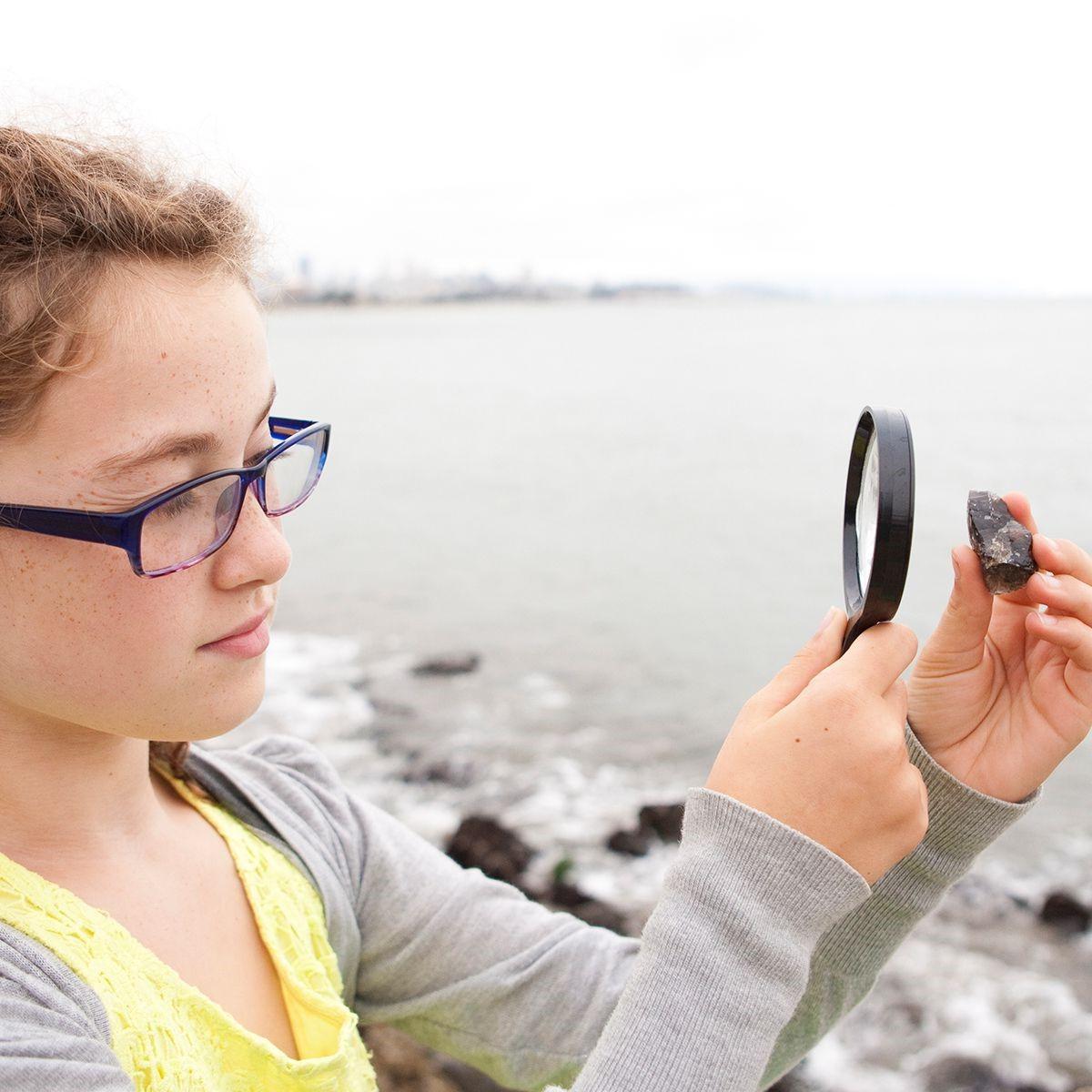Eyecare Near Me: Comprehensive and Reliable Vision Services
Eyecare Near Me: Comprehensive and Reliable Vision Services
Blog Article
The Function of Advanced Diagnostic Devices in Identifying Eye Disorders
In the realm of ophthalmology, the use of sophisticated analysis tools has actually transformed the very early recognition and monitoring of numerous eye problems. As the need for accurate and timely diagnoses proceeds to grow, the combination of advanced devices like optical comprehensibility tomography and visual area screening has come to be essential in the world of eye care.
Relevance of Early Diagnosis
Early diagnosis plays an essential function in the efficient monitoring and treatment of eye conditions. By discovering eye problems at a very early stage, healthcare carriers can use proper therapy plans customized to the particular problem, inevitably leading to much better results for individuals.

Innovation for Discovering Glaucoma
Advanced diagnostic innovations play a critical function in the early discovery and monitoring of glaucoma, a leading reason of irreversible blindness worldwide. An additional sophisticated device is aesthetic area testing, which maps the sensitivity of an individual's aesthetic area, helping to spot any type of areas of vision loss characteristic of glaucoma. These innovative analysis tools make it possible for ophthalmologists to detect glaucoma in its early stages, permitting for timely intervention and much better management of the disease to avoid vision loss.
Function of Optical Coherence Tomography

OCT's ability to evaluate retinal nerve fiber layer density enables precise and objective dimensions, assisting in the very early discovery of glaucoma also prior to visual field flaws emerge. In addition, OCT modern technology allows longitudinal surveillance of structural modifications gradually, facilitating personalized therapy strategies and prompt read this article treatments to help maintain people' vision. The non-invasive nature of OCT imaging likewise makes it a recommended selection for keeping track of glaucoma development, as it can be repeated on a regular basis without triggering discomfort to the person. On the whole, OCT plays a critical function in enhancing the analysis accuracy and monitoring of glaucoma, eventually you can find out more adding to far better results for individuals in jeopardy of vision loss.
Enhancing Diagnosis With Visual Field Testing
A necessary element in detailed ocular analyses, aesthetic area testing plays a pivotal function in boosting the analysis procedure for various eye disorders. By evaluating the full degree of a person's aesthetic area, this examination provides essential info concerning the useful honesty of the whole aesthetic path, from the retina to the aesthetic cortex.
Aesthetic area screening is specifically beneficial in the medical diagnosis and monitoring of problems such as glaucoma, optic nerve problems, and different neurological illness that can impact vision. Through quantitative measurements of peripheral and main vision, medical professionals can find refined modifications that may indicate the presence or development of these problems, also before visible symptoms take place.
Furthermore, aesthetic area screening permits the tracking of treatment efficacy, aiding ophthalmologists customize therapeutic interventions to specific patients. eyecare near me. By tracking changes in aesthetic area performance over time, doctor can make enlightened choices concerning readjusting drugs, suggesting surgical interventions, or executing other proper procedures to protect or boost an individual's visual feature
Managing Macular Deterioration

Final Thought
In conclusion, progressed analysis devices play a vital function in recognizing eye problems early on. Technologies such as Optical Comprehensibility Tomography and aesthetic field testing have considerably enhanced the accuracy and performance of detecting conditions like glaucoma and macular degeneration.
Report this page